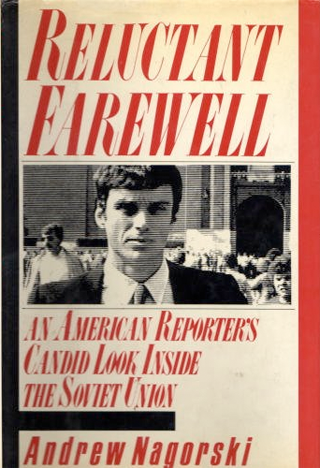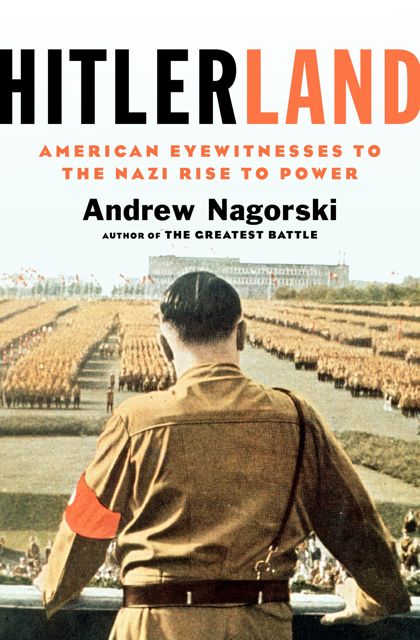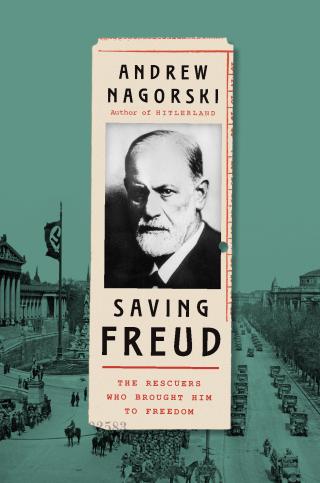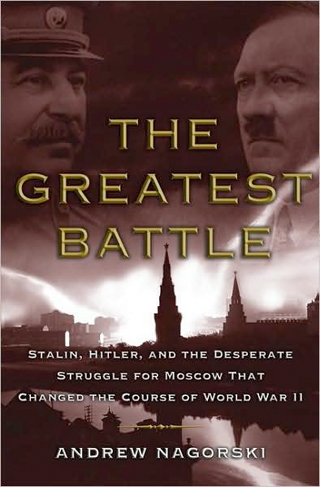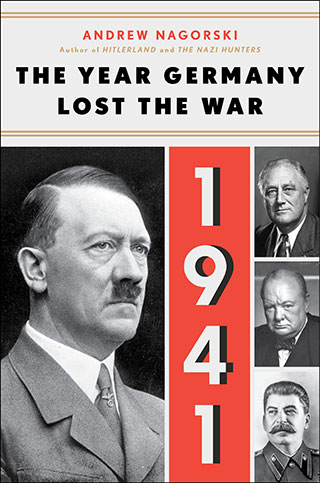IN 1972, BEATE KLARSFELD flew to La Paz in search of former Nazi Klaus Barbie. Since Barbie was being protected by the dictatorship of Hugo Banzer, Klarsfeld had no power to get the socalled “Butcher of Lyon” arrested or extradited. So she used the powers she did have: bravery, theatricality, and a talent for PR. Klarsfeld chained herself to a bench in front of Barbie’s workplace, along with another woman whose children Barbie had sent to their deaths.
As Andrew Nagorski’s The Nazi Hunters [Simon and Schuster, May 2016] shows, Klarsfeld and her husband Serge had already invested considerable effort in Barbie. They had lobbied prosecutors in Munich to reopen his case, traced the former Nazi to Bolivia using a single photograph, and compiled a thick file of evidence proving his identity. The chaining stunt succeeded in drawing attention to Barbie. But it took the Klarsfelds many more years of work before he was convicted in 1987.
Barbie is just one of many former Nazis tracked down by Nazi hunters – some serving in official positions, and others working on their own. As Nagorski writes, “These pursuers demonstrated tremendous determination and courage as they kept up their fight even when the governments representing the victors and the rest of the world grew increasingly indifferent to the fates of the Nazi war criminals.”
The Nazi hunters, like their prey, are passing away. As Nagorski points out, that “is why their stories can and should be told now.” His book captures their work in vivid and detailed prose. For journalists, it provides the added enjoyment of reading about other people’s investigative tricks and tools. The Nazi Hunters stands as both a tribute to, and a record, of a unique handful of people who devoted their lives to justice.

